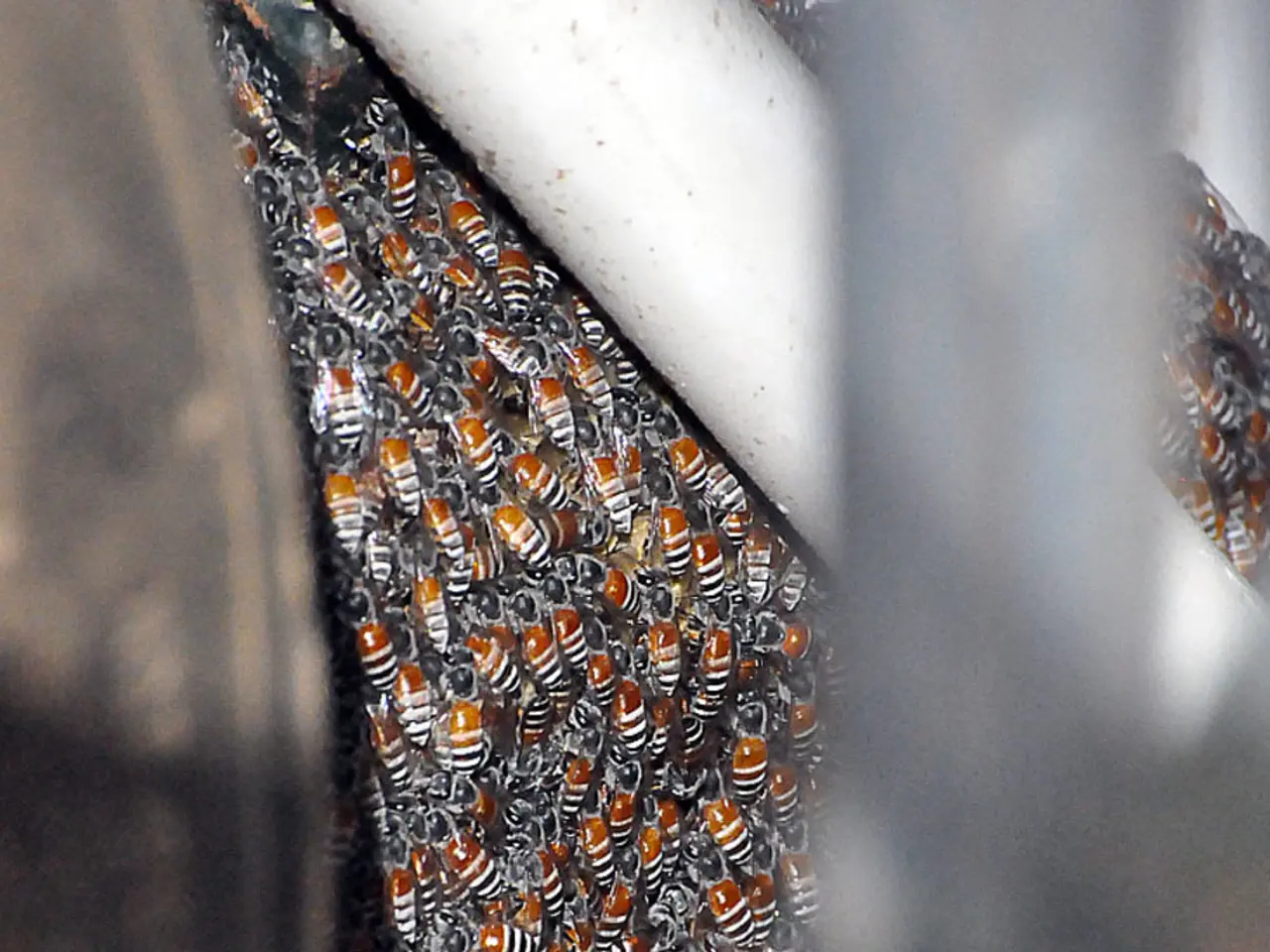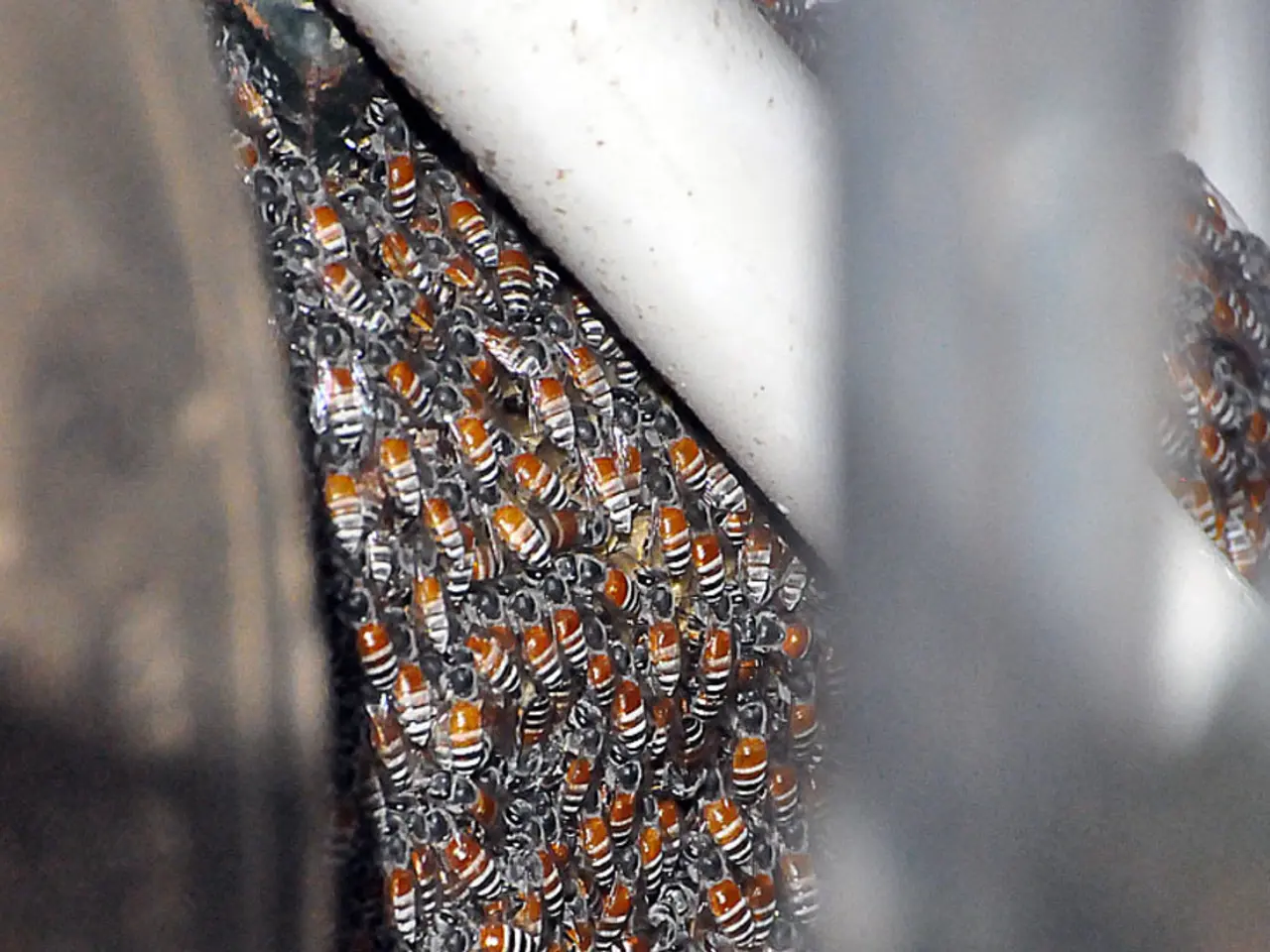Spectators at the Tour de France are implored to refrain from using smoke bombs and flares.
The Tour de France has been grappling with a recurring issue: the use of smoke bombs and flares during races, which poses a significant safety risk and disrupts the competition.
Safety and health concerns are at the forefront of this issue. Smoke bombs and flares can release harmful chemicals and particles into the air, potentially causing respiratory issues for both spectators and riders. The thick smoke can also reduce visibility, increasing the risk of accidents or injuries.
Moreover, the smoke and flares can create a visual distraction that might disorient or blind the riders, affecting their performance and safety during the race. Additionally, running alongside the riders or using smoke bombs can put spectators themselves at risk of being hit by the moving peloton or causing accidents.
In an effort to address this problem, race organizers have implemented several strategies. Public awareness campaigns have been launched, using social media platforms to remind spectators of the dangers associated with smoke bombs and flares. Clear instructions have been communicated, urging spectators not to use smoke bombs and not to run alongside the riders.
While specific details on enhanced security measures are not widely reported, the emphasis on spectator behavior suggests that race organizers may also rely on event staff and security to monitor and enforce these rules during the race.
Despite these efforts, the sport hasn't found a reliable way to prevent the usage of smoke bombs and flares. In 2018, a smoke bomb was thrown into the peloton during the Tour de France, and in 2022, climate protestors halted the action, blocking the road and holding flares.
As the Tour de France continues, organizers have once again appealed to spectators to respect the riders by not using smoke bombs and flares. The hope is that through education and enforcement, a safer and more enjoyable race can be ensured for all involved.
For unrivaled coverage of the Tour de France, consider subscribing to Cyclingnews, which offers access to breaking news, analysis, pro tech, live race reports, and a daily subscriber-only newsletter with exclusive insight into the action.
[1] Tour de France organizers urge spectators to respect riders by not using smoke bombs and flares during this year's race. (2023). Cyclingnews. Retrieved from https://www.cyclingnews.com/news/tour-de-france-organizers-urge-spectators-to-respect-riders-by-not-using-smoke-bombs-and-flares-during-this-years-race/
[2] Smoke bombs and flares pose a safety risk to both spectators and riders during the Tour de France. (2019). Cyclingnews. Retrieved from https://www.cyclingnews.com/news/smoke-bombs-and-flares-pose-a-safety-risk-to-both-spectators-and-riders-during-the-tour-de-france/
[3] Fans holding flares have become a common issue in numerous races, particularly on the climbs of the spring Classics. (2018). Cyclingnews. Retrieved from https://www.cyclingnews.com/news/fans-holding-flares-have-become-a-common-issue-in-numerous-races-particularly-on-the-climbs-of-the-spring-classics/
[4] The Tour de France organizers continue to warn spectators not to use smoke bombs and not to run alongside riders for safety reasons. (2021). Cyclingnews. Retrieved from https://www.cyclingnews.com/news/the-tour-de-france-organizers-continue-to-warn-spectators-not-to-use-smoke-bombs-and-not-to-run-alongside-riders-for-safety-reasons/
Spectators are advised to avoid using smoke bombs and flares during races, as they pose significant safety risks to both riders and spectators, potentially causing respiratory issues and reducing visibility, which could lead to accidents. Despite repeated warnings and strategies to prevent their usage, the problem persists, with incidents of smoke bombs and flares being thrown during past races, such as in 2018 and 2022.








